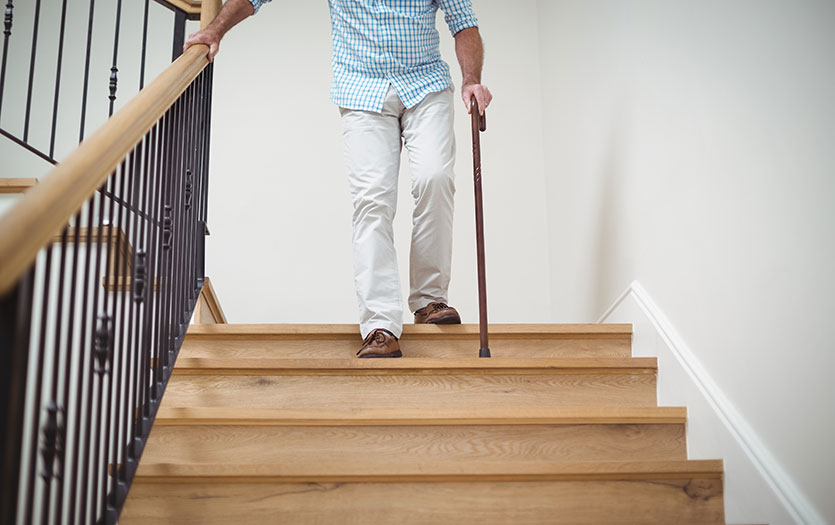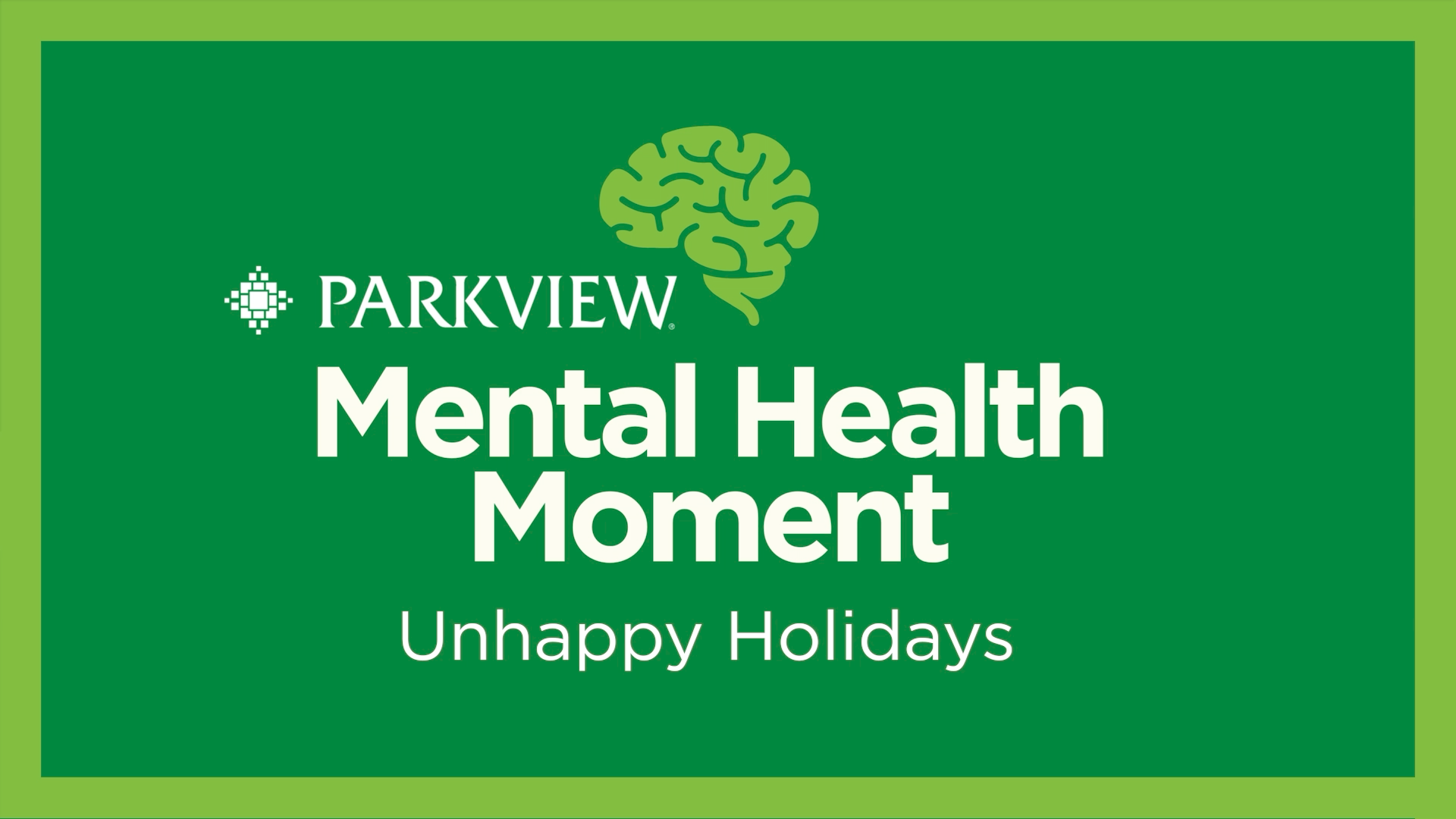
This post was written by Tony GiaQuinta, MD, PPG – Pediatrics and PPG – Primary Care.
It’s time for your child’s doctor appointment, and this time, you’re feeling pretty confident this visit is going to be a breeze for your child, despite their “stranger danger” phase. After all, you bought a children’s doctor's kit, watched the Daniel Tiger Goes to the Doctor episode a million times, and you’re armed to the teeth with stickers and snacks.
So, why does your child still lose his or her cool the second the doctor walks into the room?
I don’t take the screams of terror personally, so don’t worry about me. But I do have a big tip to help parents turn these stressful, anxious experiences into a walk in the park.
Introducing a new routine
Remember, the unfamiliar is hard for most kids to process, and the result is stress and worry. That’s why I recommend visual supports, meaning a picture or other visual aid, to introduce a new experience. This is especially helpful for children who have autism spectrum disorders (I love this information from autismspeaks.org) or other communication delays, but I find that visual supports are helpful for all children experiencing a new routine, like going to the doctor.
Why are routines helpful?
Routines ease a child’s worry by giving them confidence in what to expect next. The unknown then becomes predictable and familiar, easing fears and helping the kids feel in control. “First-Then” boards are something we use in our clinic, placing photos of our staff on a board, in order, with all the expected events of the visit, including front desk staff, nurses, and finally, meeting the doctor.
Looking for tools to help?
If you don’t have a photo of your doctor, visit their physician profile or search for them by name on parkview.com. This page and any videos they might appear in can help familiarize your child with their provider ahead of a visit. Some physicians send or provide patients with magnets or business cards that can be displayed in your home as well.
For more tips on creating First/Then boards, visit childrensautism.ca or browse sites like Pinterest for inspiration.
More articles from the blog
If you found this information helpful, you might also like these posts from the Parkview Dashboard:
7 tips for overcoming your child’s fear of shots
Pediatric mental health concerns and conversations
How to help a child deal with loss
Professional tips for helping your child manage pain
Preparing your child for a hospital stay



